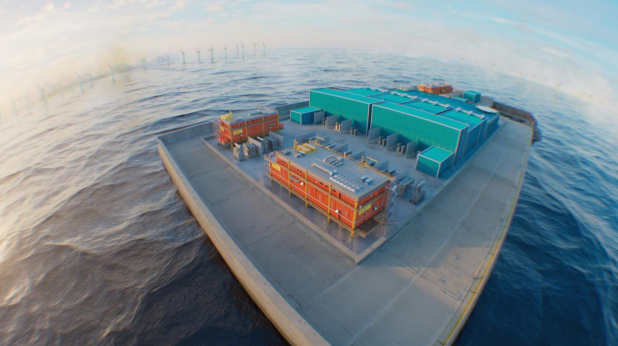The contract was secured through its Belgian subsidiary Eiffage Métal, in a consortium with HSM Offshore Energy and Iv-Offshore & Energy.
Princess Elisabeth Island will be the first energy island to combine high-voltage direct current (HVDC) and alternating current (HVAC). The artificial island, located 45 kilometers off the Belgian coast in the Princess Elisabeth offshore wind farm zone, will cover approximately five hectares above water. The electrical infrastructure will span around six hectares.
The project developer is Elia, Belgium’s transmission system operator (TSO).
The consortium will design, fabricate, install, and commission the island’s high-voltage infrastructure, including four AC substations. Two substations will have a capacity of 1,050 MW, and the other two will be 700 MW.
The contract also includes a service module and a garage.
Construction of the substations will begin in May next year and is expected to continue until the first quarter of 2029.
Smulders will manufacture part of the infrastructure in its Belgian factories, with final assembly at its new site in Vlissingen, Netherlands.
Installation on the island is planned to begin in 2027, aiming for commissioning in 2030.
This contract underscores the Group’s ability to develop offshore wind infrastructure, having completed over 30 electrical substations for the European market, according to Smulders.
Notable contracts include the substation for the 496 MW Saint-Brieuc offshore wind farm in France, and two offshore electrical substations for Scotland’s Moray West and Inch Cape offshore wind projects.
Original Story at www.offshorewind.biz
